



The ICMR is expanding its Mobile BSL-3 'laboratory on wheels' capacity to boost India's outbreak response. These indigenous units, like the RAMBAAN, were successfully deployed during Nipah outbreaks, strengthening public health in remote areas. Designed for high-risk pathogens, they feature advanced biosafety and rapid deployment, significantly advancing India's emergency response capabilities.
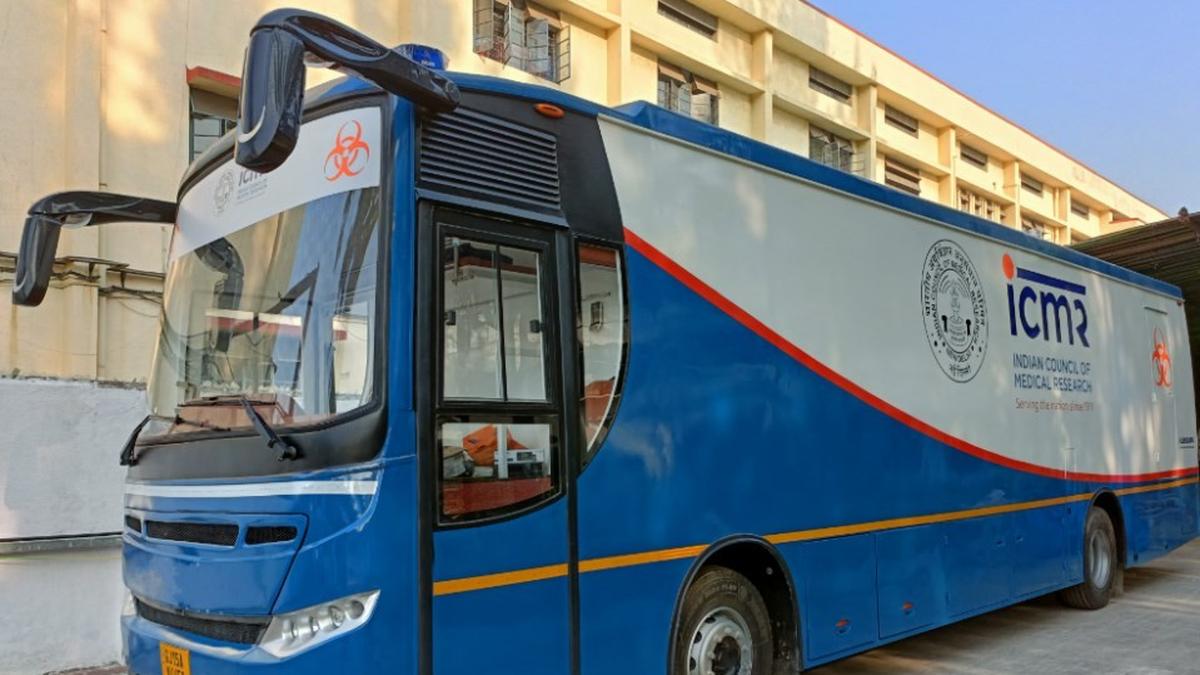
Copyright infringement not intended
Picture Courtesy: THE HINDU
The Indian Council of Medical Research (ICMR) to expand its fleet of Mobile Biosafety Level-3 (MBSL-3) laboratories.
The Mobile Biosafety Level-3 (MBSL-3) laboratory is a fully indigenous "laboratory on wheels" designed to handle highly dangerous pathogens directly at the site of an outbreak, including remote and inaccessible areas.
Biosafety Level 3 (BSL-3) classification denotes laboratories equipped to safely work with airborne pathogens and microbes that can cause serious or potentially lethal disease through inhalation. BSL-3 labs feature strict safety measures, controlled airflow, and specialized equipment to contain hazardous agents.
Enhanced Outbreak Response => MBSL-3 labs provide crucial on-site diagnostic surge capacity during outbreaks of known or unknown high-risk pathogens.
Strengthening Public Health Delivery => These mobile labs extend advanced diagnostic services to remote and underserved areas, where permanent BSL-3 facilities may not exist.
Part of 'Advanced Augmented Network' (RAMBAAN) => The MBSL-3 units, known as RAMBAAN (Rapid Action Mobile BSL-3 laboratory), form an essential part of India’s plan for an 'Advanced Augmented Network.' This network combines mobile labs with well-trained diagnostic teams, creating a robust system for dealing with emerging and re-emerging disease outbreaks.
Pradhan Mantri Ayushman Bharat Health Infrastructure Mission (PM-ABHIM) => The development of these MBSL-3 laboratories falls under the Union Health Ministry’s Pradhan Mantri Ayushman Bharat Health Infrastructure Mission, emphasizing the government's commitment to building resilient health systems.
The laboratory is built on a heavy-duty Bharat Benz vehicle chassis, compliant with BS VI emission norms. It is specifically designed to operate at extreme temperatures and high altitudes, bearing a maximum load capacity of 17 tonnes.
The World Health Organization (WHO) classifies the MBSL-3 as a Type-IV Rapid Response Mobile Laboratory in its Global Outbreak Alert and Response Network.
Advanced Biosafety Measures
Operational Zones => The MBSL-3 laboratory's work area divides into four distinct zones, each with specific functions and increasing levels of biosafety:
Strict Protocols => The operation follows strict biosafety protocols, BSL-3 practices, and standard operating procedures (SOPs) for specimen handling and processing, including mandatory use of Personal Protective Equipment (PPE) like coveralls and double gloves.
|
The MBSL-3 was first successfully deployed and operationalized during the Nipah virus outbreak in Kozhikode, Kerala, in September 2023. The success in Kerala highlights the strategic advantage of rapidly deployable infrastructure |
Source:
|
PRACTICE QUESTION Q. Discuss the potential of telemedicine and digital health initiatives in bridging the healthcare gap in remote rural regions of India. What infrastructural and policy hurdles need to be overcome for their widespread adoption? 250 words |
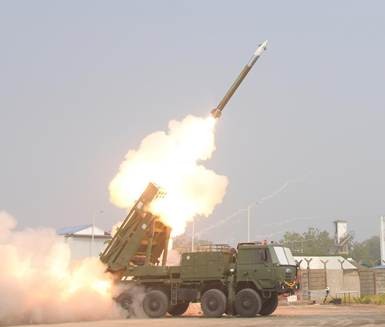
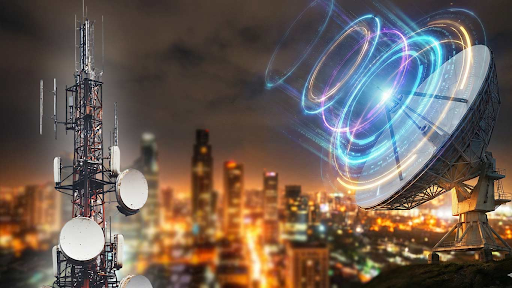
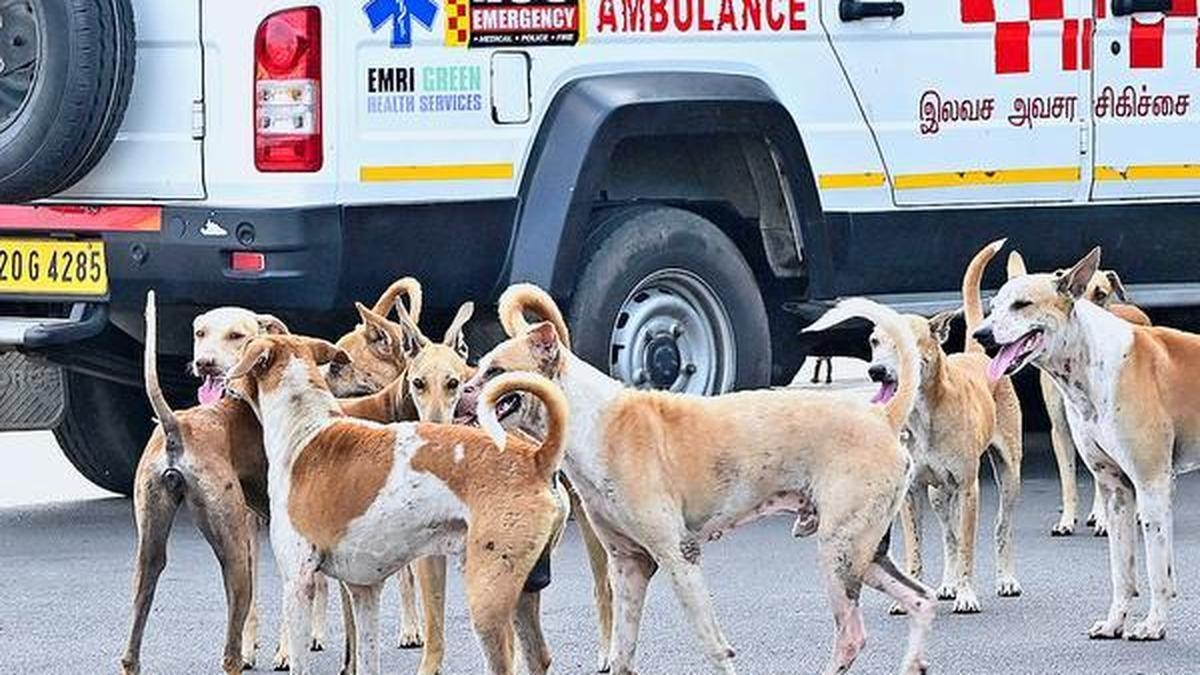
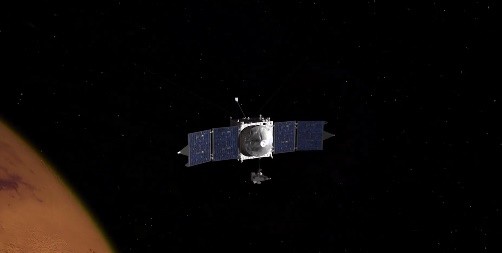





© 2026 iasgyan. All right reserved